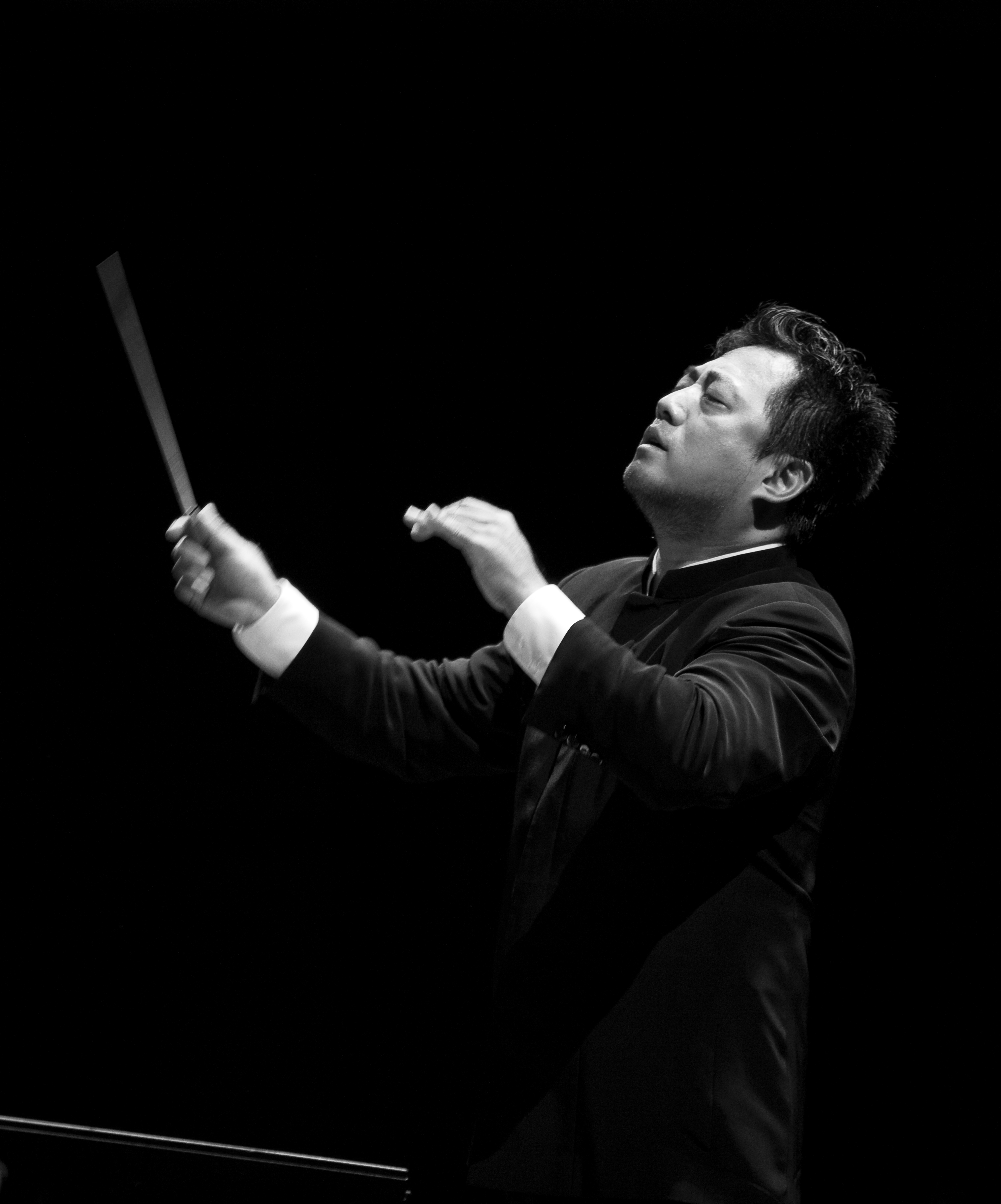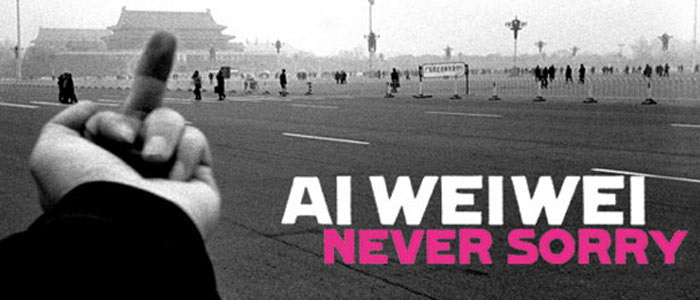What a performance!
I must admit, when I came to the auditorium, the one face I was most excited to see was Wu Man’s. Back home, my dad was a fan of Yo Yo Ma’s Silk Ensemble, so it was just such a pleasant surprise seeing her name in the UMS performances booklet. The main bulk of the pieces, however, was handled by the orchestra itself- she showed up in only one of the three performances.
But I’m not complaining!
While Wu Man’s solos were great, I couldn’t help but be ultimately infected by the overwhelming spirit and energy maintained by the orchestra throughout the entire show.
Anyway, back to the actual review. The theme was, I believe, exploration. They started off with a virtuosic opera-style piece called “Luan Tan,” a stylistic experiment by composer Qigang Chen. Wu Man showed up for the second performance, Lou Harrison’s “Concerto for Pipa and String Orchestra,” a package of 7 short pieces incorporating and exploring musical styles from all over the world. In addition to this performance, Wu Man played and improvised her very own “Leaves Falling Autumn,” with UM professor Joe Gramley. After intermission, the orchestra performed Brahm’s Symphony No. 4 in e minor, Op. 98, Brahm’s last composition for symphony.
The Good Stuff:
Luan Tan: In Qigang Chen’s own words: “Elements that usually appear in my works […] are almost completely absent, replaced by ceaseless rhythmic pattern, leaps of tiny motifs, and gradually accumulated force through repetitions.”
In my own words: Snow White and the Seven Dwarves in a Chinese drama. Below I added the only sound recording file small enough to fit here. This melody was a motif repeated throughout the piece and it reminded me of chirping birds signalling the entrance of Snow White. A similar melody that was deeper, slower, and combined with clashing cymbals often followed this one, seemingly indicating the presence of dwarves.
Lou Harrison’s “Bits & Pieces”: Each movement was a visual and auditory treat.
“Three Sharing” was the most interesting piece I saw. The only instruments in this piece, the pipa and the cello, weren’t actually played, but simply used. Wu Man rapped out a high pitched beat by drumming the base of her pipa while other cello musicians accompanied the rhythm with their own drumming.
I liked the rest of the performances under “Bits and Pieces.” I could no longer tell whether I was hearing Middle Eastern, Chinese, or Western-style music because they were so expertly melded together. I simply allowed the music to wash over me.
Overall, a highly recommended performance!






